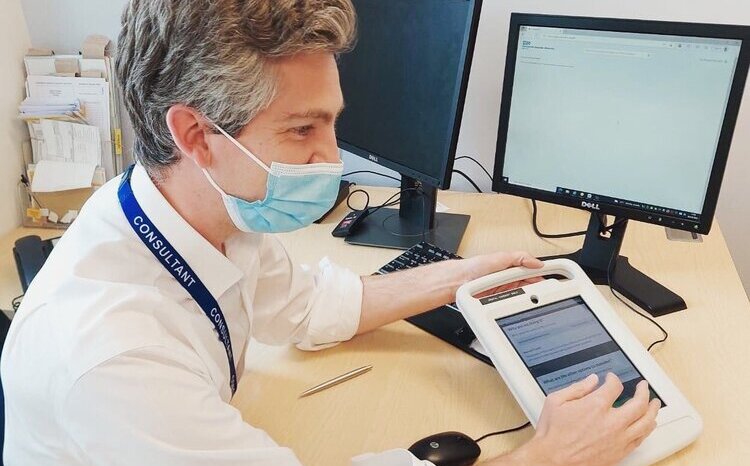MDU warns doctors of picture messaging dangers
- 25 February 2004
The Medical Defence Union has advised doctors to think twice before using picture mobile phones to take and send digital pictures to assist in the diagnosis and management of a patient’s condition.
The MDU’s advice follows a warning by the medicines and healthcare products regulatory agency (MHRA) to doctors on the risks of using picture mobile phones to send X-ray images to specialists for interpretation.
The new guidance followed press reports on doctors already using mobile phone picture technology to aid diagnosis. These have included reports that A&E doctors in one hospital are reviewing images sent by fire fighters to decide whether to assist at the scene or prepare the hospital for dealing with serious trauma; and another where doctors were reported to be sending x-rays by mobile phone.
In addition a recent study in the BMJ found that dermatology waiting times were reduced when GPs took a Polaroid picture of their patient’s visible symptoms and included them in referral letters to dermatologists. In future, GPs could be using picture messaging, rather than instant cameras, in schemes such as this.
But MDU medico-legal adviser, Dr Nicholas Norwell, warned doctors of the medico-legal pitfalls of using this novel technology in clinical practice: “Thousands of people now own picture messaging mobile phones and some doctors may be considering using this technology to speed up diagnoses and save patients’ time."
He warned that doctors needed to be aware of some of the medico-legal pitfalls, particularly around the security of such images, the issues around patient consent and potential to inadvertently send an image to the wrong person.
“Any photos taken of patients form part of the medical record and need to be stored securely. The images need to be protected against improper disclosure particularly as with one flick of the thumb, a clinical image could be inadvertently sent to the wrong person. Doctors must also get patient’s consent before taking any photographs."
Dr Norwell added: "Patients need to understand why the photograph is being taken and how it will be used, including whether it will be shared with medical colleagues. And all this should be recorded in the notes. Doctors will also need to ensure the processing of the image meets the provisions of the Data Protection Act 1998.
“With the latest guidance from the MHRA suggesting that using digital technology in this way may leave patients and doctors exposed to unacceptable risks, doctors are advised to think twice before they use picture messaging for clinical purposes."
The MHRA guidance warns that picture messaging technology used in a clinical setting cannot be assured to be safe, suitable or effective as it has not been subject to the usual medical devices regulations. It says there is also the potential for legal action to be taken against an individual doctor or hospital, if a patient comes to harm.




